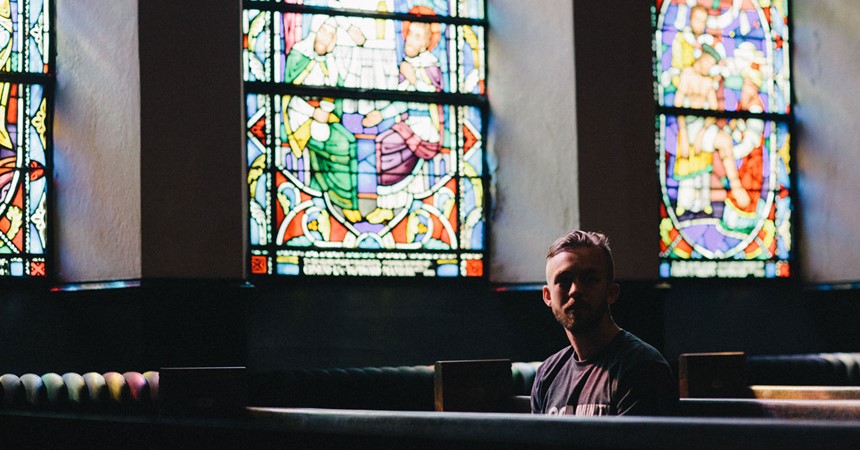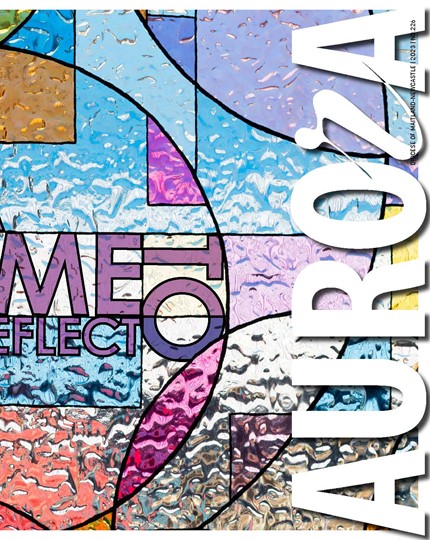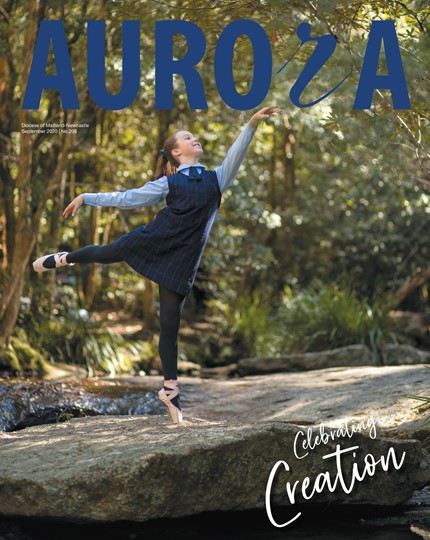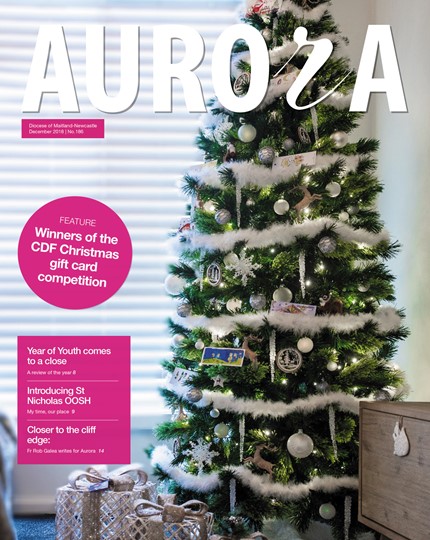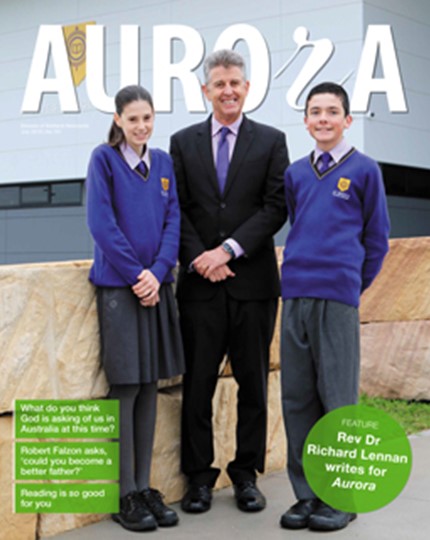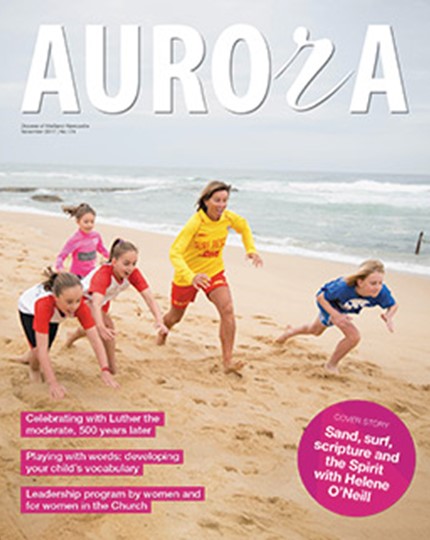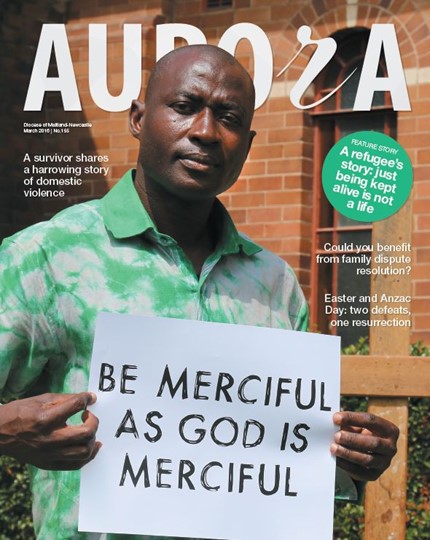It’s an elliptical expression that could mean about anything you want it to mean. But it certainly refers to something we all know is going on – that where we’ve been in the Church internationally and in Australia is no sure indication of where we will be soon enough.
Think about women, participation in decision-making in the church, gender and identity issues: we have hardly begun the discussion. And there are so many other issues.
What adds urgency and the unavoidability of profound change is the misnamed crisis of clerical sexual abuse. I have believed for a long time that it’s more the crisis of incompetent leadership in the Church than anything to do particularly with sexual abuse. Just read the recommendations of the recent Royal Commission.
On one outstanding issue, the Catholic Church is disturbingly not even attending to its core business. The stubborn fixation with clerical celibacy means that vast numbers in the church are deprived of the Eucharist.
That in itself is the tip of an iceberg called ministry. Who is admitted to what ministry? How can the church organise and arrange its ministries so that it can do what it is founded to do – preach the gospel and enliven the world with vibrant communities at its service?
That’s why what we are experiencing is a change of era. You don’t have to be an actuary to see that the way the church was for its first 150 years in Australia is over! The sight of half empty churches with ageing congregations all across the country is the visual representation of something far less visible: the death of a culture that kept the Church afloat.
But what are we to make of the evaporation of a culture that sustained the Church probably until the 1960s? As I was part of it, I think I am experienced and qualified enough to comment.
The first thing to ask is how it could have collapsed so completely if it was so good? And I think the answer is pretty simple: it was paper thin! If the faith was so robust among Australian Catholics, how has disintegration, alienation and dissatisfaction occurred, if not quickly then quite extensively? “Pray, pay and obey” was the clichéd description of what was expected of lay people in a clerically dominated, authoritarian and pious Church.
But first let’s ask what has disintegrated? It’s not just the complete collapse of confidence in the Church’s leadership. It’s not even the perception that the Church in Australia is just a club run by old men who have a rule book and keep telling everyone what the rules are. It’s simpler and actually very easy to understand.
Until I was about 18 years old (1971), two things fortified Catholicism in Australia and had since the 1840s. They were tribalism and ritual conformity. Catholicism meant you were Irish or Irish Australian. Post-World War II migration had not made an extensive impact by then and the contest with the wider non-Catholic and often Masonic society still affected job opportunities, suburban locations for Catholic families and of course, the schools children attended.
The pre-Vatican II hierarchies of clergy and religious, the perception of priests, brothers and nuns in parishes and schools as our cultural heroes melded with the devotions, sacramental rituals, seasons and feasts that shaped Catholic faith.
The Church kept growing in numbers, increasing its buildings and services. It was boom time for a very externalised understanding of Catholicism. A lot of it had to do with show and institutional machismo. We were the winning team and we wanted everyone to know it.
But that’s all gone for the most part and life as a Catholic now approximates more to another favoured image of the current Pope than anything else: a field hospital for the wounded and dying. And in my experience, time in hospital is always challenging and brings the patient back to basics.
One of the basics is an interior life and in all the hugger mugger of tribalism and rituals, there was not much opportunity provided for the development of the interior life – helping us to become more self-aware, reflective and prayerful.
In fact, I’ve found throughout my life as a priest that real (rather than notional) faith usually only comes to someone when they get sick, fail, lose their job, get divorced or suffer one of the myriad reversals that come along in life, mine too: moments of failure, rejection, disappointment. You either dig deeper or you just park the whole subject and forget it.
We are in the first five minutes of a long day. We are in a change of era and the shape of that era is only just beginning to be explored.
Fr Michael Kelly is a Bangkok-based Australian Jesuit who led UCA News 2008-2018 and is now the publisher of the English editions of La Croix International and La Civilta Cattolica.
